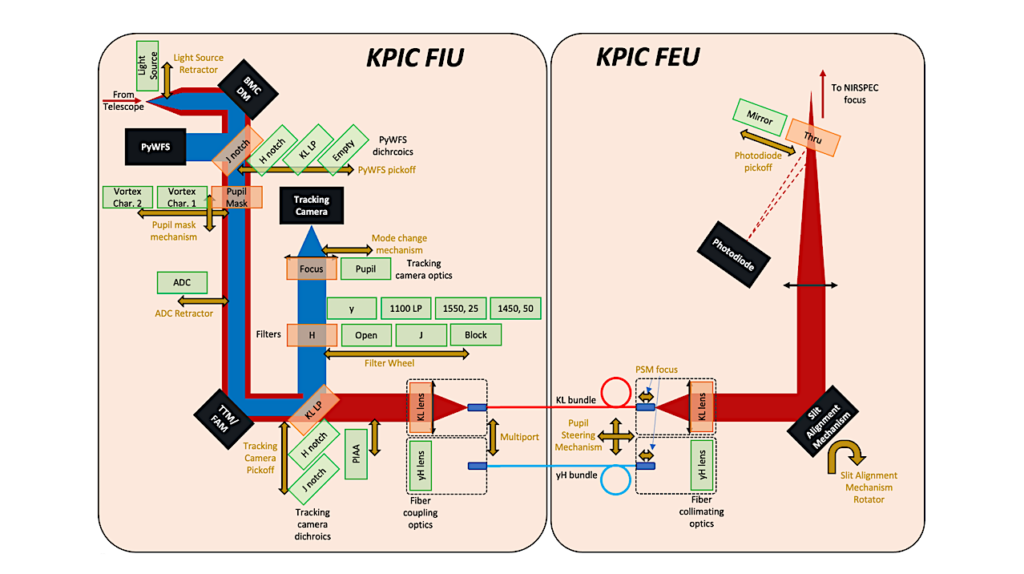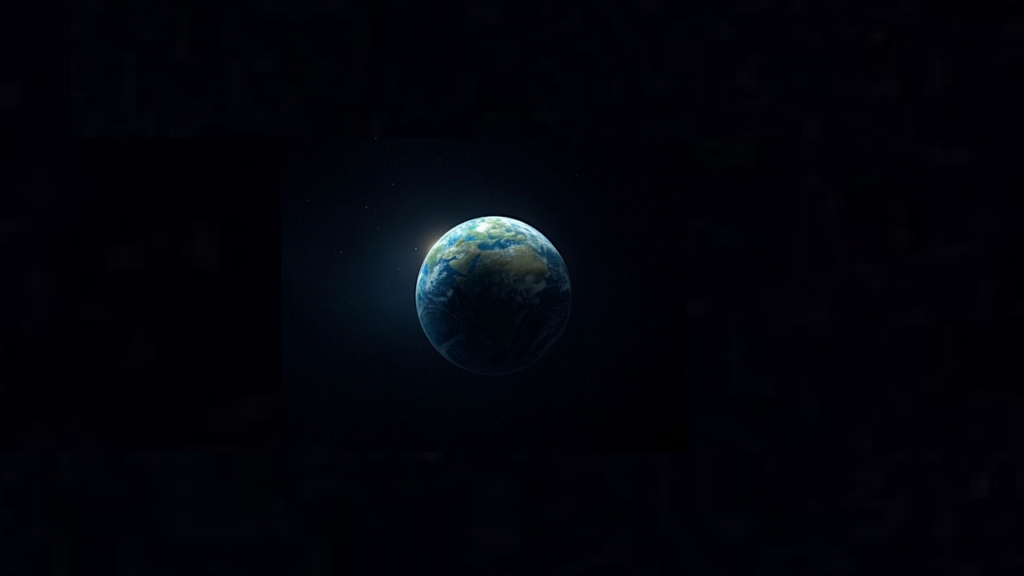Accretion and Differentiation of the Terrestrial Planets

In order to test planetary accretion and differentiation scenarios, we integrated a multistage core-mantle differentiation model with N-body accretion simulations.
Impacts between embryos and planetesimals result in magma ocean formation and episodes of core formation. The core formation model combines rigorous chemical mass balance with metal-silicate element partitioning data. The primary constraint on the combined model is the composition of the Earth’s primitive mantle, the composition of the Martian mantle, and the mass fractions of the metallic cores of Earth and Mars.
The model is refined by least squares minimization with up to five fitting parameters that consist of the metal-silicate equilibrium pressure and 1-4 parameters that define the starting compositions of primitive bodies. This integrated model has been applied to 6 Grand Tack simulations. Investigations of a broad parameter space indicate that: accretion of Earth was heterogeneous, metal-silicate equilibration pressures increase as accretion progresses and are 60-70% of core-mantle boundary pressures at the time of each impact, and a large fraction (70-100%) of the metal of impactor cores equilibrates with a small fraction of the silicate mantles of protoplanets during each core formation event.
Acceptable fits to the Earth’s mantle composition are obtained only when bodies that originated close to the Sun, at <0.9-1.2 AU, are highly reduced and those beyond this distance are increasingly oxidized. The FeO content of the Martian mantle depends critically on the heliocentric distance at which the Mars-forming embryo originated. Finally, the Earth's core is predicted to contain 8-9 wt% silicon, 2-4 wt% oxygen and 10-60 ppm hydrogen, whereas the Martian core is predicted to contain low concentrations (<1 wt%) of Si and O. Accretion and differentiation of the terrestrial planets with implications for the compositions of early-formed Solar System bodies and accretion of water
David C. Rubie, Seth A. Jacobson, Alessandro Morbidelli, Dave P. O’Brien, Ed D. Young, Jellie de Vries, Herbert Palme, Daniel J. Frost (Submitted on 13 Oct 2014)
Comments: Accepted for publication in ICARUS on Oct 9, 2014 Subjects:
Earth and Planetary Astrophysics (astro-ph.EP)
Cite as: arXiv:1410.3509 [astro-ph.EP] (or arXiv:1410.3509v1 [astro-ph.EP] for this version)
Submission history From: Seth Jacobson [v1] Mon, 13 Oct 2014 20:38:10 GMT (2495kb) http://arxiv.org/abs/1410.3509








